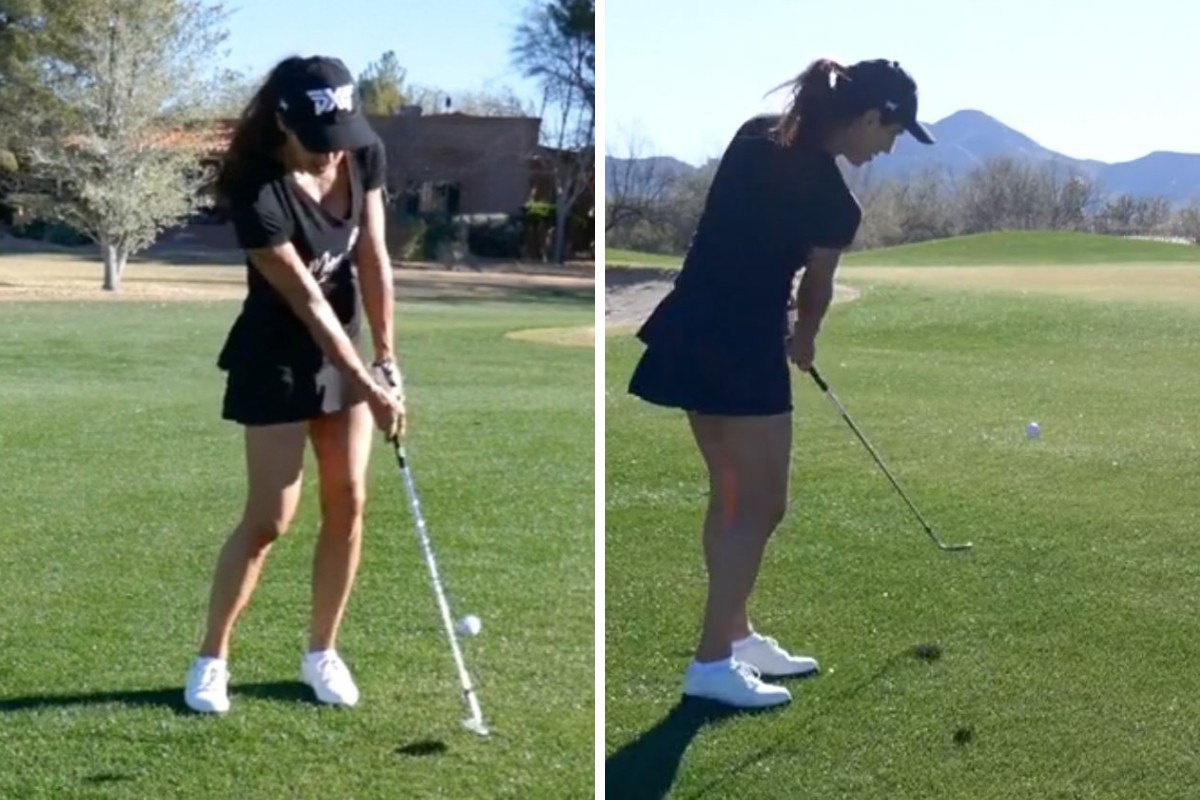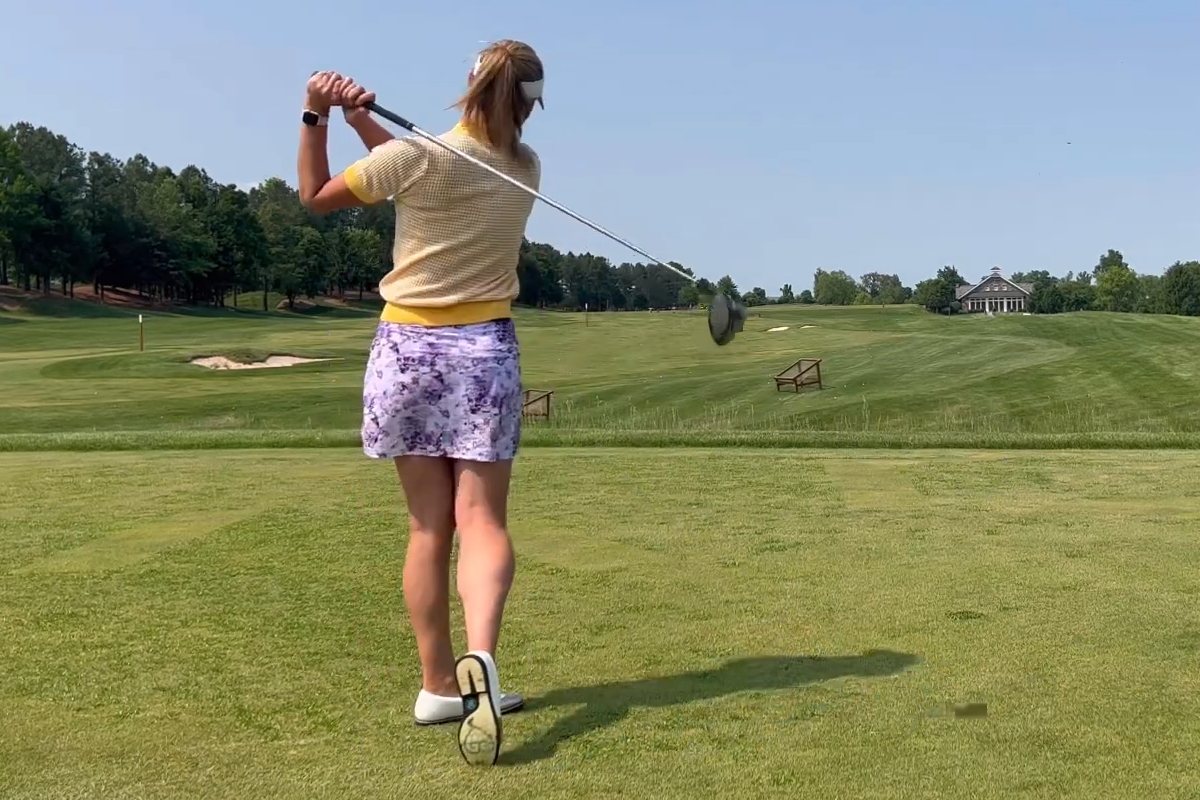Playing “start and stop” golf becomes a mental problem when it affects your attitude. Your attitude about the situation will affect your emotions. It can cause annoyance in the same way as waiting in a slow-moving grocery line or stop-and-go traffic.
When you play with or behind a slow methodical golfer like Morgan Pressel or an analytical golfer like Jordan Spieth, it is up to you to change your attitude as they aren’t going to change their preparation habits.
What is your attitude? Are you ready for a slowdown on the course? Do you tell yourself you lose your rhythm? Do you become annoyed that the game isn’t moving at the pace you like?

What are the thoughts that are revolving inside your head when you have to stand and wait? In the grocery line or on the golf course are you judging the people in front of you who are taking up too much of ‘your time?’
At the dinner before the first round of every USGA Senior Women’s Amateur Championship, we were instructed about the pace of play rules. We were told there would be penalties for slow play. As a Type-A player, this struck fear in my heart and caused me to speed up to make up for the slow player which resulted in losing my rhythm. In the ten years I played in these championships I saw lots of slow players holding up the field, but I never saw anyone penalized.
Since I am not a slow player, I released the fear by ignoring the threat of being penalized and played at my own pace.
Your peak performance is in large part determined by your personal management of your own behavior. The more you understand your own behavior patterns, the more you can adapt to the different situations that come up on the golf course. The less you understand the fewer options you have.
Don’t let Type-A Tendencies Rule your Game
Americans are doers. Seventy-five percent of our large urban population is made up of Type-A people. About half of the general population has Type-A tendencies.
Type-A people exhibit the following characteristics on the golf course.
- They are easily irritated by delays.
- They have a high degree of competitiveness.
- They have a low tolerance for frustration.
- They are in a hurry to finish the round.
- They get really annoyed at themselves when they mishit shots.
- They cannot relax without feeling guilty.
Golf requires that you change your impatient, intolerant, always-in-a-hurry behavior. While you can’t change your personality, you can learn to behave in a patient, tolerant and more easygoing manner as required by the USGA Etiquette and Rules of Golf.
If you are a Type-A person, it is not enough to just learn how to relax. You must also change your thinking, behavior, and attitudes to avoid mental mistakes on the golf course.
Under pressure such as slow play, fast players will speed up to make up for the delay. Their swings become fast and erratic. Slow players under pressure will slow down and become even more deliberate.
If you are a golfer who likes fast action, use the slow play as a red flag signal for you to change your hurried pace. Breathe deeply to relax and use the extra time to plan your shots more carefully.

Slow Down to Score Lower
You can improve your mental game in the following ways:
Change your thinking.
Slow down your mind instead of letting it race into the future “what-if” scenarios. Type-As tend to think rapidly with two or three ideas going simultaneously. Don’t decide on a plan of action until you get to your ball.
Change your attitude.
Most important is your attitude toward time and the sense of urgency. Decide that you will give every shot the same amount of time and attention making each one the most important shot/putt you will hit in that round.
Change your behavior.
Changing your behavior begins in the mind. Improve your time management by planning to spend more than four hours on the course. Consider all your options when you have a problem. Smile at your missed shots instead of being in a hurry to correct them. It is impossible to be anxious and calm at the same time.
The number one problem on golf courses today is slow play! This 18-hole game that should take about four hours has slowed to a 5 1/2-hour weekend endurance test! When you are playing behind or with slow players, change your own attitude and behavior to play well and enjoy your golf regardless of the pace of play.




